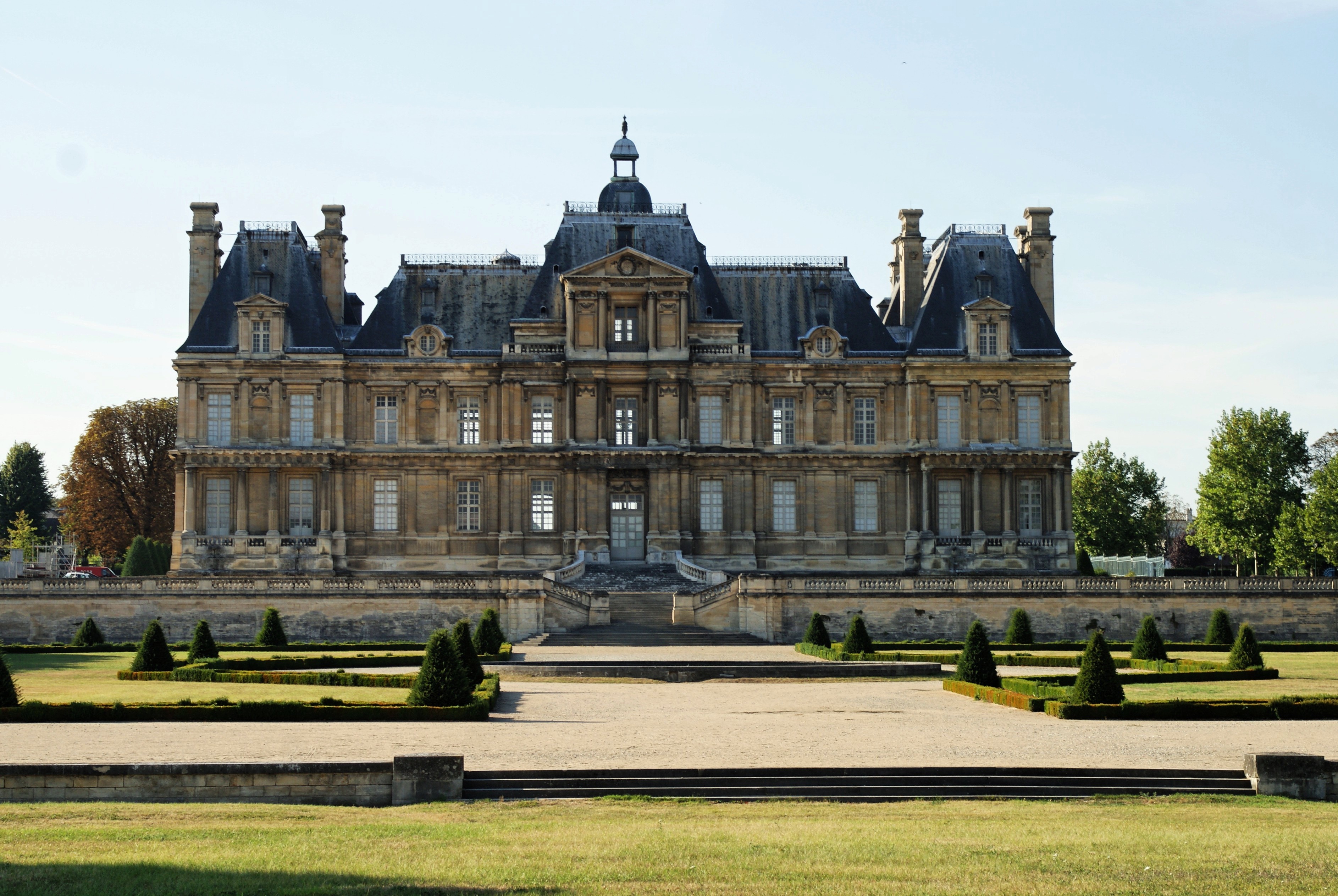Avant-corps on:
[Wikipedia]
[Google]
[Amazon]
 An ''avant-corps'' ( or , plural , , ), a French term literally meaning "fore-body", is a part of a building, such as a porch or
An ''avant-corps'' ( or , plural , , ), a French term literally meaning "fore-body", is a part of a building, such as a porch or
 An ''avant-corps'' ( or , plural , , ), a French term literally meaning "fore-body", is a part of a building, such as a porch or
An ''avant-corps'' ( or , plural , , ), a French term literally meaning "fore-body", is a part of a building, such as a porch or pavilion
In architecture, ''pavilion'' has several meanings;
* It may be a subsidiary building that is either positioned separately or as an attachment to a main building. Often it is associated with pleasure. In palaces and traditional mansions of Asia ...
, that juts out from the ''corps de logis
In architecture, a ''corps de logis'' () is the principal or main block, or central building of a mansion, country or manor house, castle, or palace. It contains the rooms of principal business, the state apartments and the ceremonial or formal ...
'', often taller than other parts of the building.Curl, James Stevens (2006). ''Oxford Dictionary of Architecture and Landscape Architecture'', 2nd ed., OUP, Oxford and New York, p. 52. . It is common in façades in French Baroque architecture
French Baroque architecture, usually called French classicism, was a style of architecture during the reigns of Louis XIII (1610–1643), Louis XIV (1643–1715) and Louis XV (1715–1774). It was preceded by French Renaissance architecture and ...
.
Particularly in German architecture, a corner ''Risalit'' is where two wings meet at right angles. Baroque three-winged constructions often incorporate a median ''Risalit'' in a main hall or a stairwell, such as in Weißenstein Palace and the .
Sources
''Much of the text of this article comes from the equivalent German-language Wikipedia article retrieved on 18 March 2006.'' Ornaments (architecture) {{architecturalelement-stub